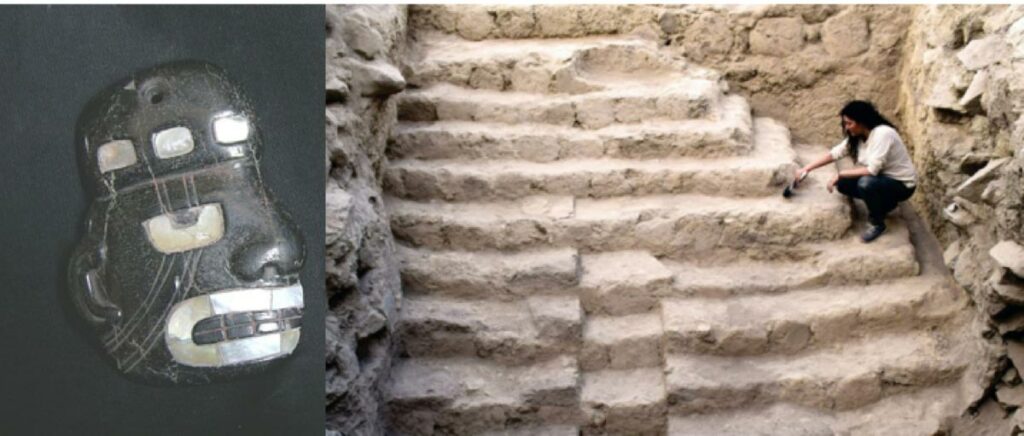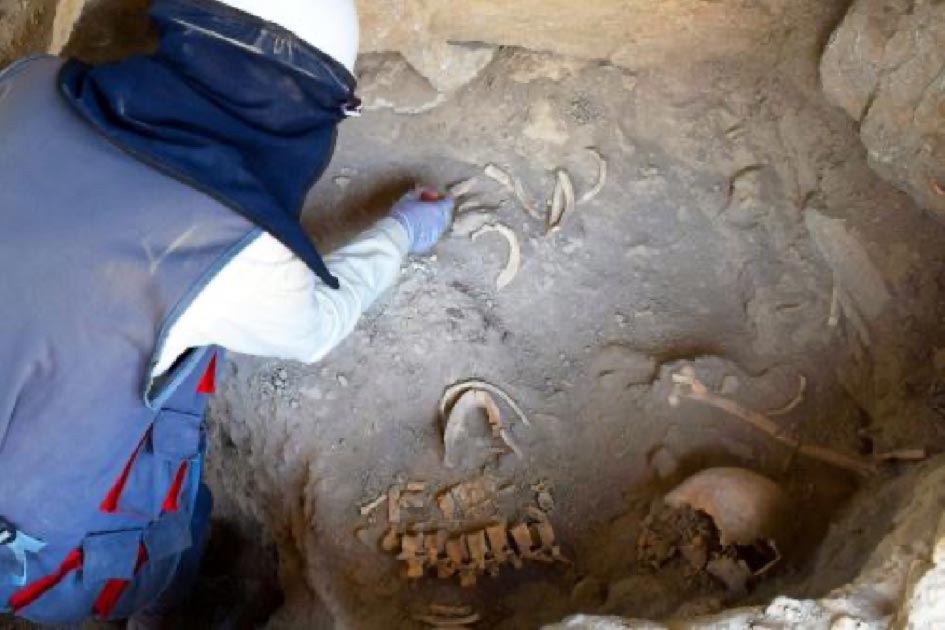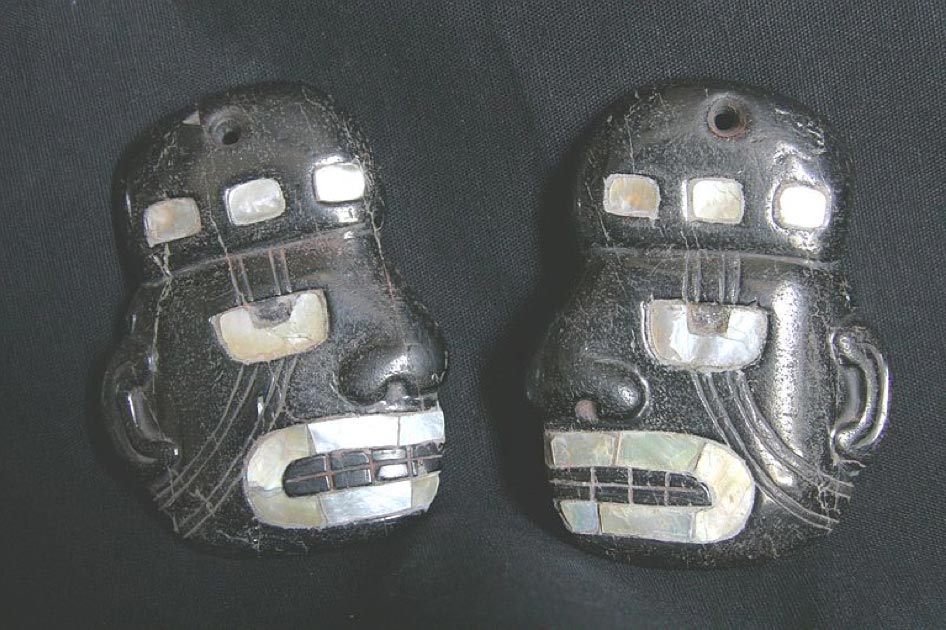5,000 Year Old Peruvian Pyramid Yields Grisly Clues Of Human Sacrifice
5,000 Year Old Peruvian Pyramid Yields Grisly Clues Of Human Sacrifice
When they recently found a mysterious pyramid structure in Peru, archaeologists knew they had located something of incredible significance. Still, upon closer inspection, they came to realize that their discovery holds a dark secret that appears to point to the ancient practice of human sacrifice, which was once carried out across most of South America.
According to Ancient Origins:
“The incredible discovery was made at the Sechin Archaeological Project, in the northern province of Casma in the Ancash region. This historic site dates back over 5000 years, and it is believed to have been the center of an enigmatic prehistoric society known as the Sechin culture.
“Little is known about this culture, but it constructed some of the first monumental buildings in the Americas. Many experts believe that it even may be the first known civilization in the Andes.”
Evidence of human sacrifices?
Once excavation of the site began, Sechin Archaeological Project researchers began noting that they had to dig some 18 feet to find the pyramid structure, and it had a unique design:
“This structure consists of a series of steps made out of slabs and stones and are similar to a step-pyramid. It is an estimated 10 feet (3.05 meters) high and 15 feet (4.57 meters) wide.”
After speculating that the massive pyramid was likely the seat of government in the Sechin culture, researchers then came to the darker use of the structure:
“Archaeologist Monica Suarez, the coordinator at the Archaeological Project, stated, ‘It served a ceremonial purpose, but we need to make further analysis.’ Many cultures in the ancient Andes used similar buildings for rites and sacrifices. Living and Traveling in Peru reports that stepped pyramids were ‘aimed at attaining higher or elevated levels of spirituality.’”
Grisly discoveries
Near the pyramid, members of the archaeological team began finding clues that certainly seemed to point toward a bloody past, including two skulls, one of which belonged to an adult and the other to a young child.
But that was just one of the horrific things the researchers found:
“At the side of the structure, they found a skeleton that appears to have been dismembered. This is evidence that a person may have had their limbs cut off while still alive or post-mortem.”
Finding the skulls and dismembered skeleton adds credence to the theories of human sacrifice, according to Andina. The possibility also exists that the sacrifices took place on the stepped structure, and it has long been known that human sacrifice was a common occurrence in the Andes before the Spanish arrived.
But there are alternate theories, too, and those point to a more practical purpose for the structure:
“Researchers at the archaeological park believe that it is also possible ‘that the stepped, pyramid-shaped structure served as a ladder to get to a higher level.’ The nature of the stepped structure and its location may mean that it was used to access the center of the ancient site. It may have allowed the inhabitants of the massive complex to approach the central building.”
Mysteries of the Sechin
Along with the possibility of human sacrifice are hints that the people who constructed the pyramid were proud of their work, even leaving a sort of signature that can be seen by us thousands of years later:
“It appears that when the mud bricks were still wet, the workers deliberately left impressions with their fingers. These fingerprints can be viewed as workers signing their work.”
Research continues on the Peruvian pyramid structure, and all of the human remains are undergoing extensive testing. Hopefully, that will give us a greater insight into the mysterious Sechin people who populated the region thousands of years ago.








